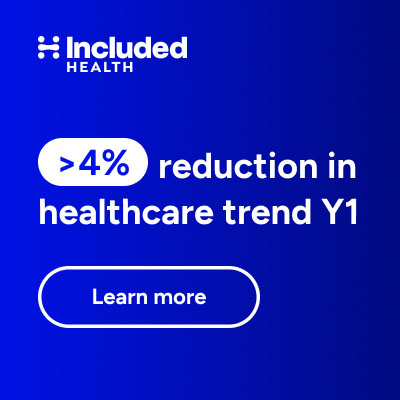The recent RAND study that suggested that there were few or no differences in the quality of treament of minorities when they got into the US health system has not been taken lying down by those who believe that there are great differences, and that ignoring them to look at the bigger picture, as the RAND researchers suggested, is not the way to go. Brian Smedley, the research director at The Opportunity Agenda wrote this opinion piece criticizing the RAND study for THCB:
Ask anyone who’s worked in, received treatment in, or studied American hospitals and health care systems, and you’ll find broad agreement: U.S. health care systems are beset by quality problems. Information systems don’t "talk" well with one another, medical errors remain all too common, and many patients don’t receive the types of treatments and services that they should.
Recently, a new study expands on these problems, finding that treatment is mediocre at best for all patients, regardless of race, ethnicity, gender, or income. This study, published March 16 by physician Steven Asch and colleagues in the New England Journal of Medicine, finds that, on average, patients receive a little more than half of the care recommended by a set of "gold standard" guidelines. And even though few patients are well-served, women and minorities were found to fare better than whites and men in receiving recommended care.
This finding wouldn’t be so shocking to most Americans, who tend to believe that health care is fair for all groups, even if less-than-stellar. Many Americans tolerate (and therefore tacitly accept) that fact that minorities are more likely to be uninsured or underinsured, or to live in communities that lack high-quality primary and specialty care, access-related problems which have profound implications for quality of health care. But once patients are in the health care system, we believe, race or ethnicity doesn’t matter.
This view, however, squarely contradicts what the vast majority of research studies have found for decades – that some patients, most notably African Americans, Latinos, those who don’t speak English well, and in some cases, women – receive a lower quality of health care than their counterparts, even when they have similar health insurance and are treated for the same health conditions in the same hospitals. This applies across the gamut of health care, ranging from basic services such as screening and immunization, to primary care, to more expensive, high-tech, specialty procedures.
These are the conclusions of literally hundreds of studies published in peer-reviewed journals over the last two decades. And while a few studies, such as the Asch study, find that disparities are diminishing or that all groups receive equal (albeit poor) treatment, their findings must be considered relative to the massive volume of evidence to the contrary. Even the U.S. Department of Health and Human Services’ National Healthcare Disparities Report, released in January and which represents the most comprehensive survey of its kind, finds that, despite some areas of improvement, racial and ethnic healthcare disparities persist, and are worsening in some areas. For example, the NHDR found that Latino patients with diabetes are receiving poorer quality care today than they were even a few years ago.
Importantly, the Asch study confirms that quality problems abound. But the authors’ conclusion – that "quality-improvement programs that focus solely on reducing disparities among sociodemographic subgroups may miss larger opportunities to improve care" – unfortunately presents a false choice. Policymakers are not confronted with the question of whether to prioritize efforts to reduce inequality, or efforts to improve overall quality. Rather, these problems are inextricably linked. The persistence of healthcare disparities is a clear warning that systemic problems plague our health systems. Moreover, many of the same interventions that will reduce disparities – such as promoting the broader use of evidence-based guidelines and public reporting of hospital quality scores by patient race, ethnicity, and primary language – will help to improve quality for all patients.
Progressive health care advocates should seize upon health care disparities as a key political issue and an argument for stepped-up quality improvement efforts. Unequal health care is not only wrong, it’s one of many signals that American health care is reeling from systemic problems that hamper the best efforts of hard-working physicians, nurses, administrators, and others to provide the best quality care. Our concern and focus should be on raising the quality of care for everyone, with particular attention to those who are least well served.










